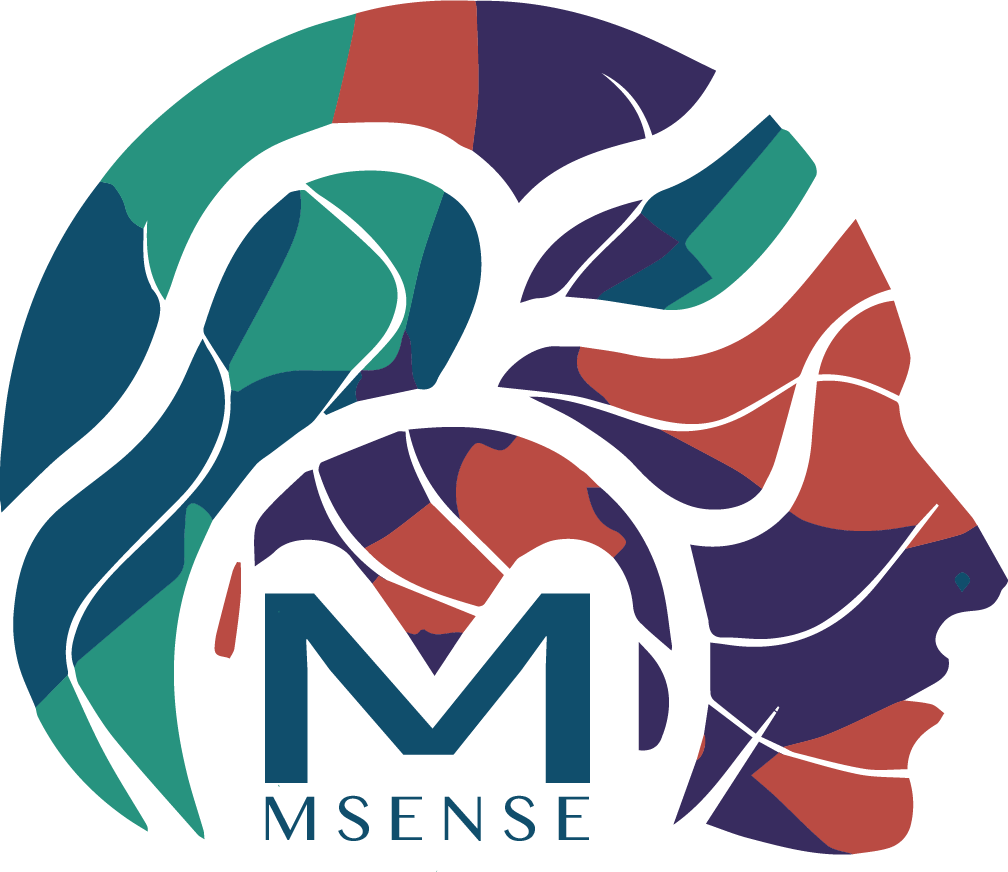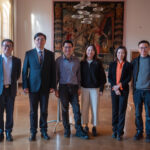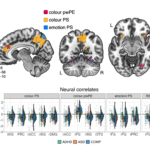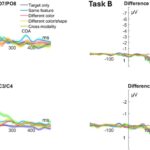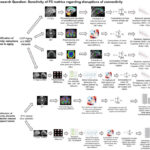Incorporating statistical properties of stimuli into the interpretation of sensory data can greatly enhance the accuracy of perception amidst noisy input; however, it can also introduce perceptual biases. Recently, Yannan Su and colleagues (2024) embarked on a research project to explore whether biases in color perception are shaped by exposure to natural daylight cues. Participants were asked to discriminate hue ensembles according to a cone-opponent color space. The findings indicated that participants exhibited the lowest levels of discrimination error and the least amount of bias when working with hue ensembles situated around a non-cardinal axis of the color space, which aligns with the spectrum of natural daylight. A further refined Bayesian model of perception can account for these color biases, positing a prior that favors blue tones. The findings indicate how the human visual system may leverage an inherent understanding of the prevalent color distributions found in nature to fine-tune color perception.
The study has been published in Vision Research:
Su, Y., Shi, Z., & Wachtler, T. (2024). A Bayesian observer model reveals a prior for natural daylights in hue perception. Vision Research, 220, 108406. https://doi.org/10.1016/j.visres.2024.108406
